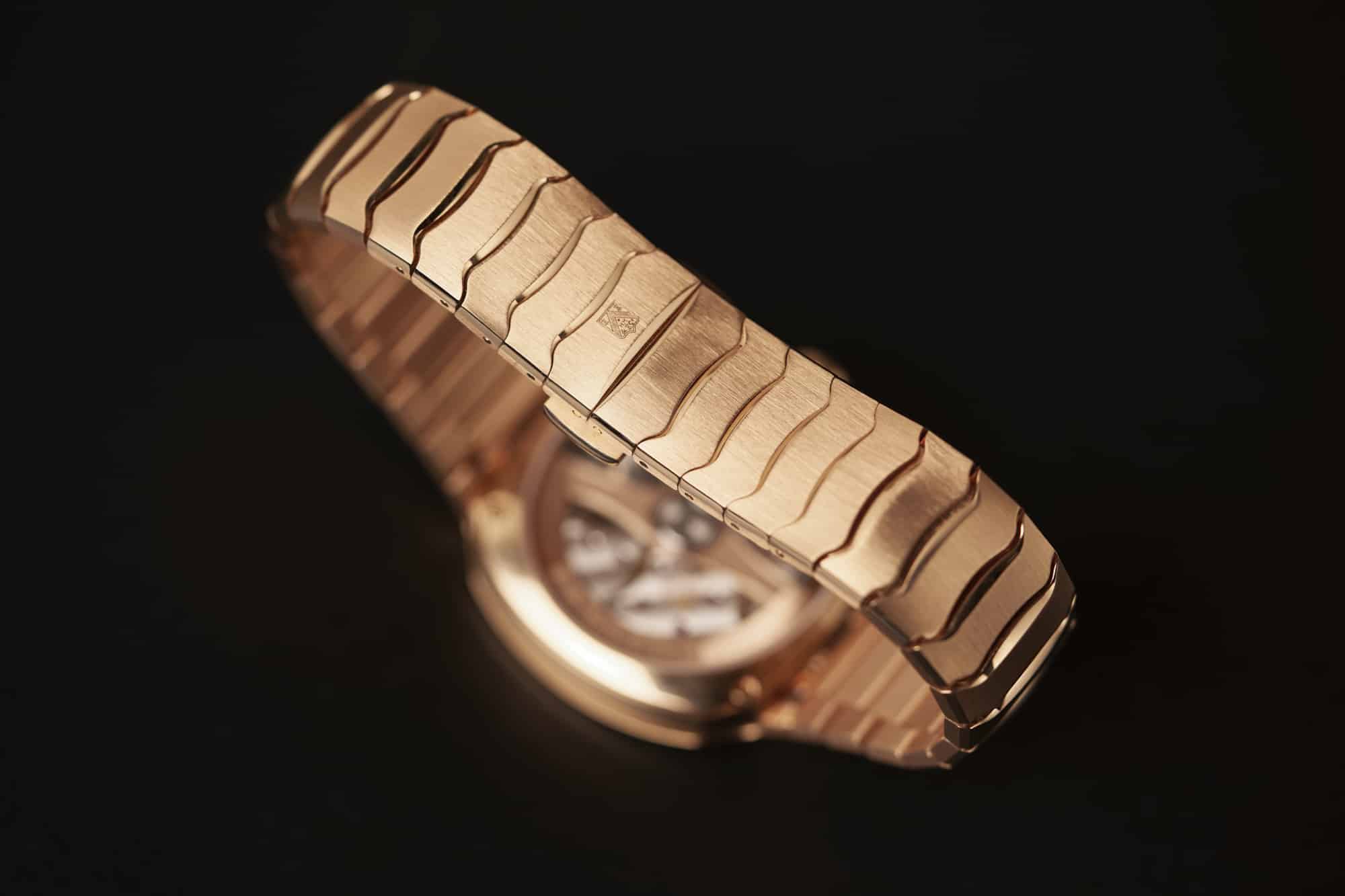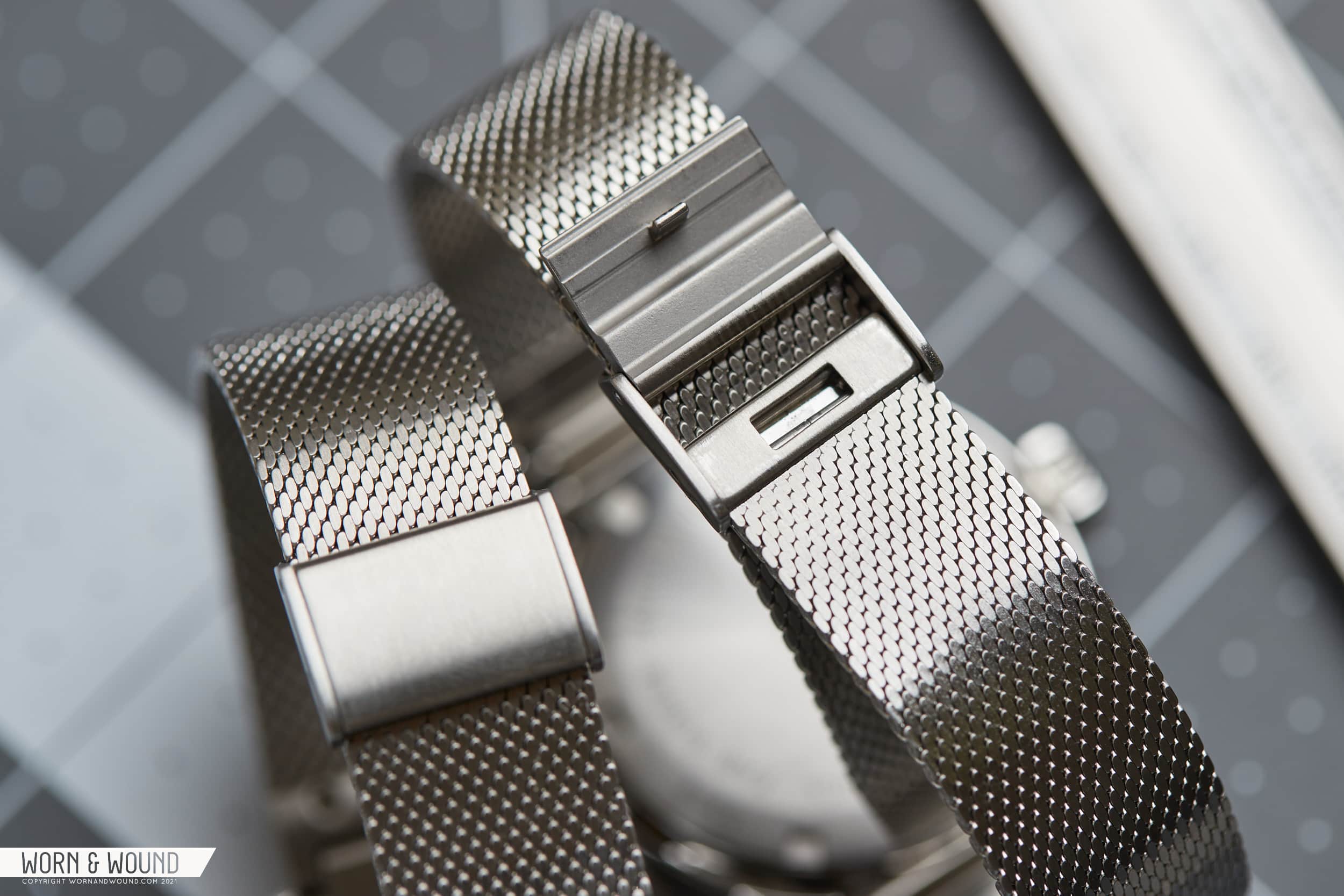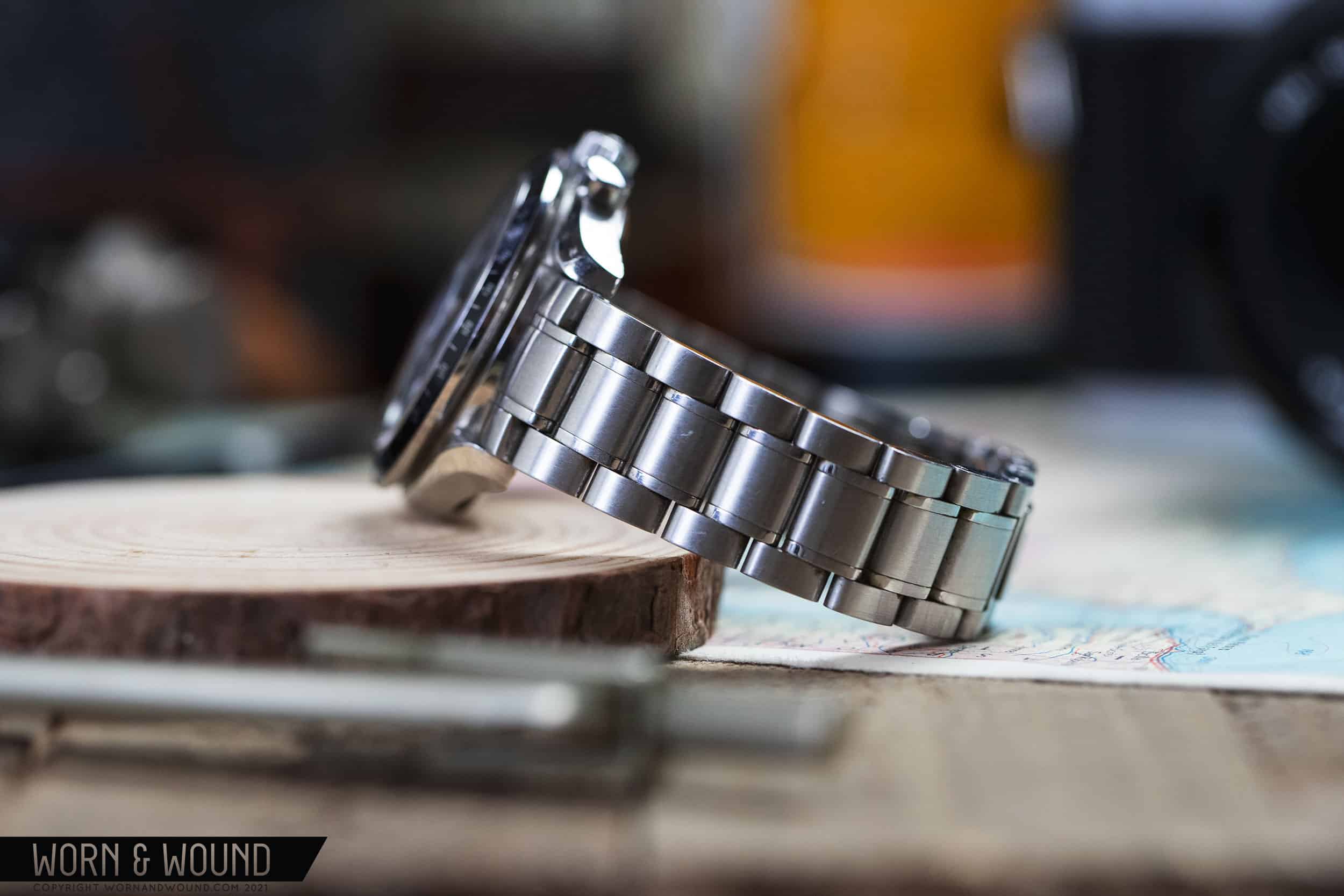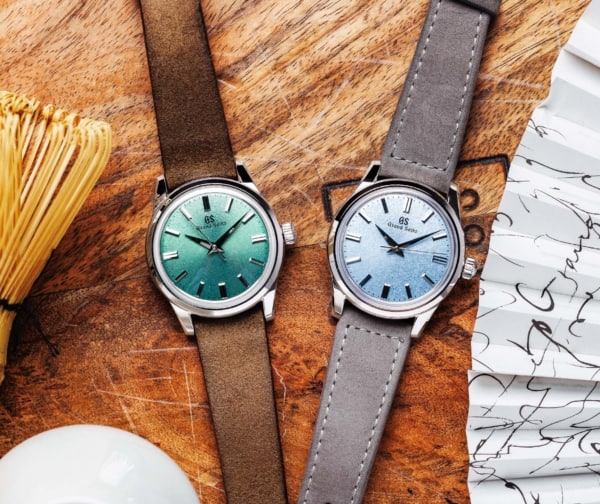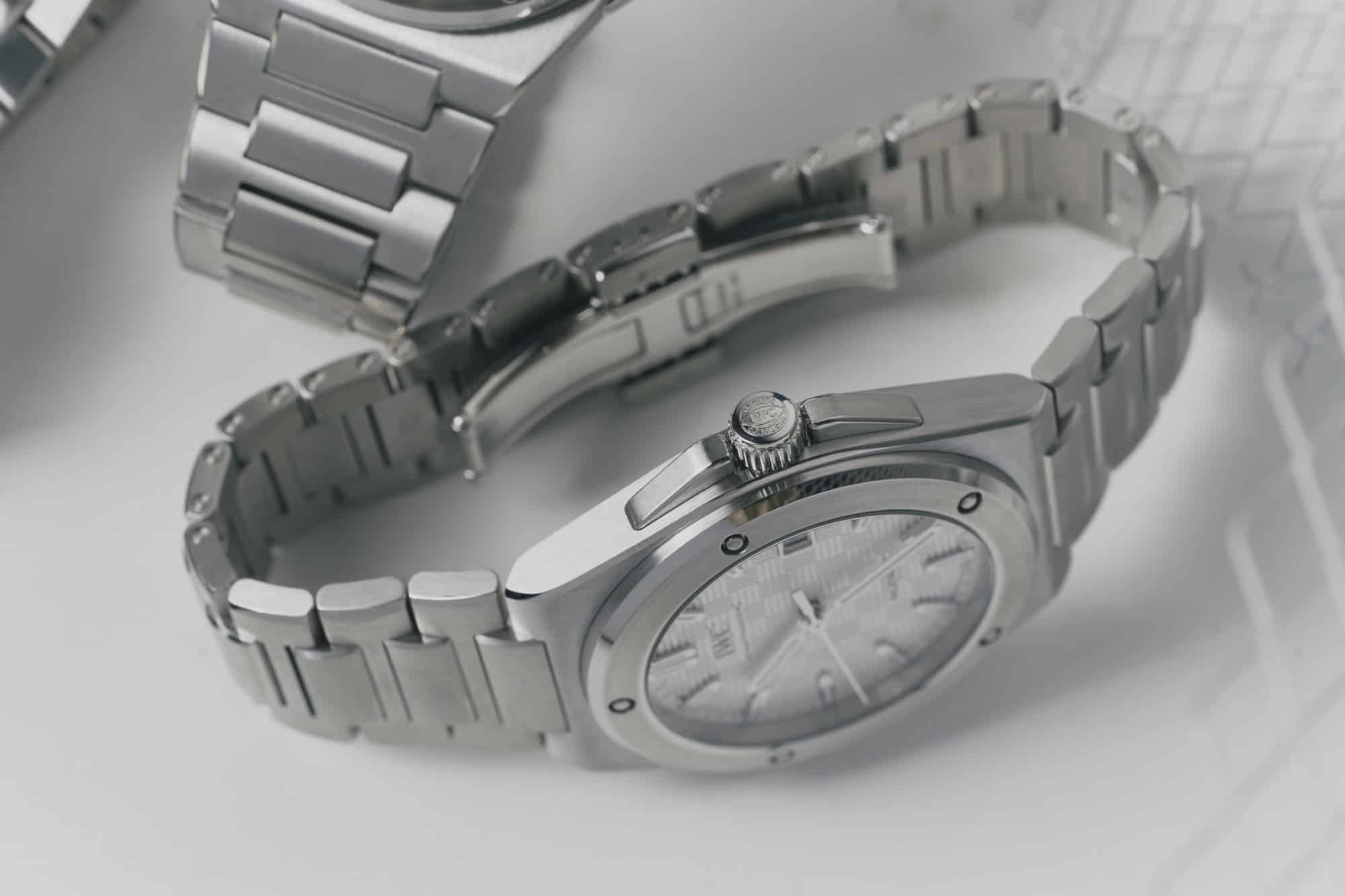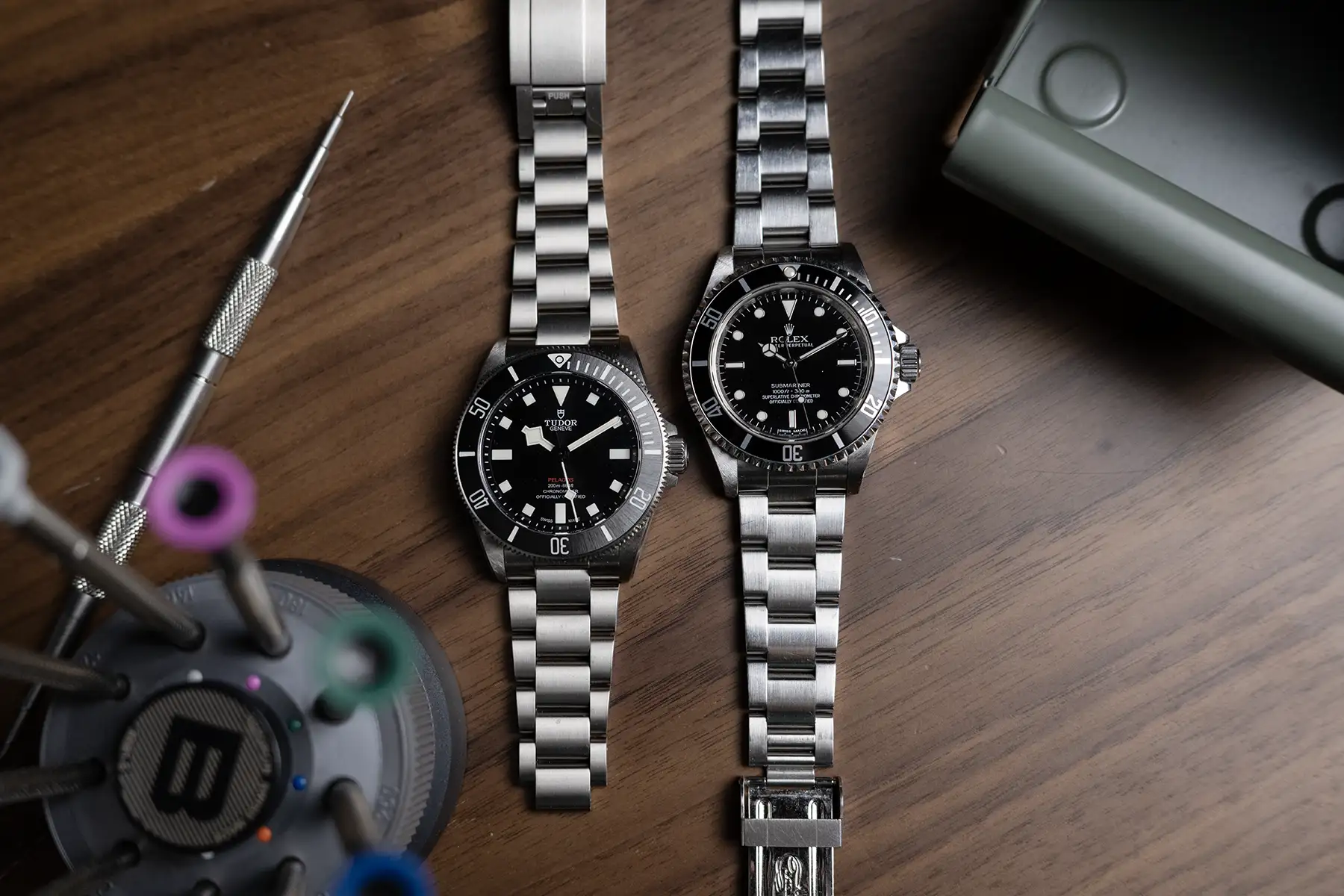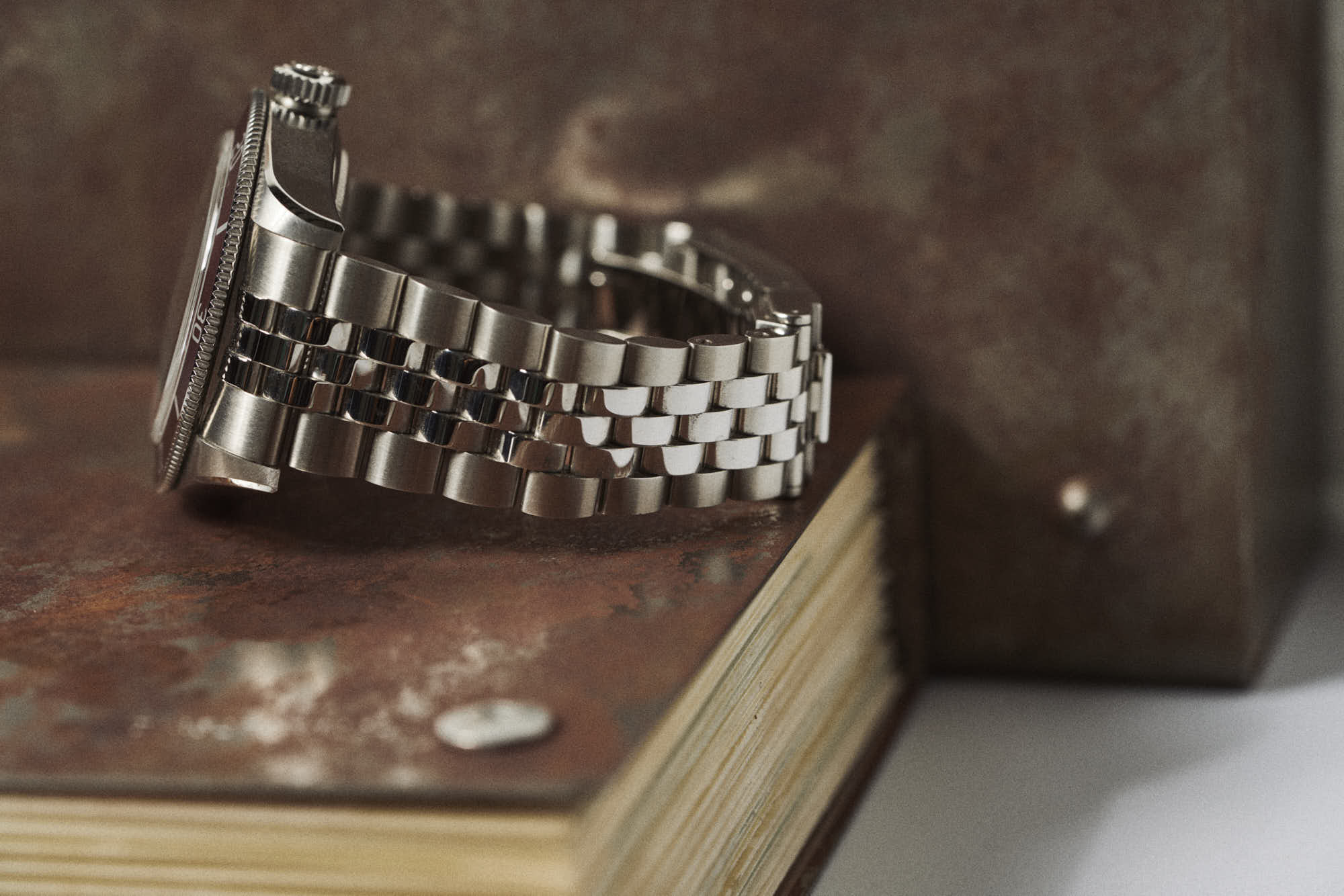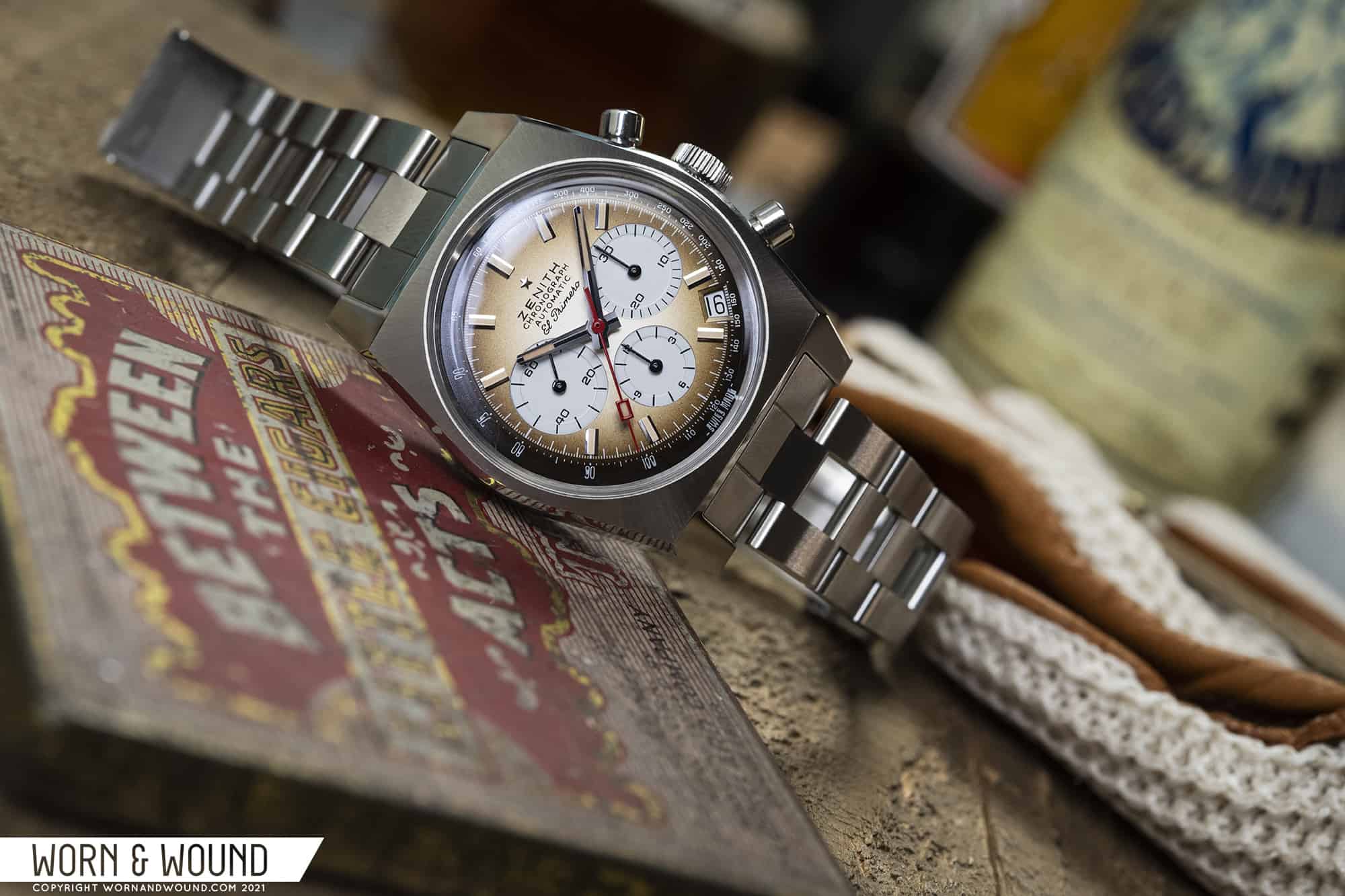We talk about them all the time, but they’re often the component of a watch that is least examined. The bracelet, whether attached to a sports watch, a dress watch, or something in between, can make or break how a watch actually wears on the wrist, and impact the overall look of a watch dramatically. And when it comes to bracelets, collectors and enthusiasts are never short on strong opinions – we all have things we love and hate, and it goes way beyond whether you prefer an Oyster or a Jubilee.
Today, members of the Worn & Wound team weigh in on the question: what makes a great bracelet? Be sure to let us know what you think in the comments below.
Zach Kazan
The question of “What makes a great bracelet?” is deceptive in its complexity. There are a variety of factors you might consider and weight as you evaluate a bracelet. Comfort and appearance, of course, are chief among them. But there’s also the idea of durability, and adjustability, and the overall cohesion of the bracelet design with other elements of the watch. I’d argue, for example, that the classic Seamaster bracelet is nice looking on its own, but perhaps not suited to the watch it’s paired with.
The fact is, I prefer wearing my watches on bracelets, particularly when they are conceived that way. A Rolex sports watch on a strap, for instance, is something I’ll never fully get behind. At a time when integrated bracelet sports watches are at the height of their popularity, there’s no shortage of bracelets to consider that are quite literally designed for exactly one watch. My favorite example of this, and a bracelet that I haven’t been able to stop thinking about since trying it on, is H. Moser’s Streamliner bracelet. For me, this one rises above being a simple and functional bracelet (which it is) and is more akin to a small sculpture in the same way the most artfully designed cases can be.
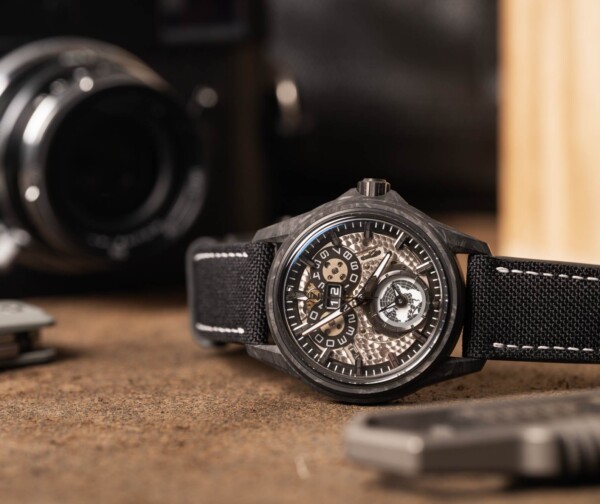



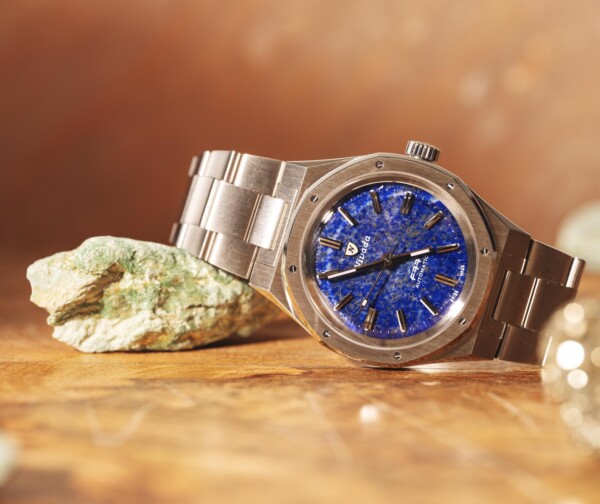




 Featured Videos
Featured Videos





